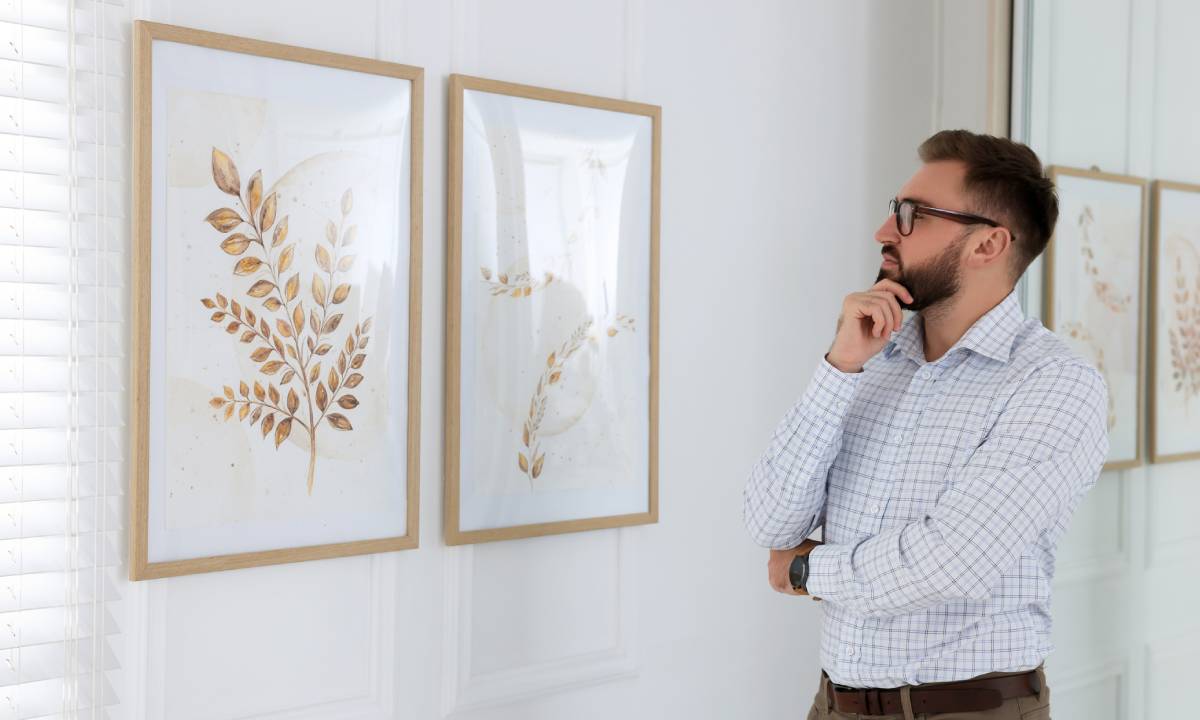This article was originally published on RBC Wealth Management.
As any art collector knows, the allure of art lies in how it makes you feel. However, feelings aren’t easily passed between generations. A collection that has taken decades to build can be met with ambivalence by the next generation, and the personal significance of a particular work of art can easily fade with the death of its owner. This is why art is nuanced when viewed as an asset.
Art is a very personal asset, and the emotional connection can make it both an urgent and complicated part of a legacy to preserve, causing collectors to put off the conversation about where art belongs within an estate.
According to Deloitte’s Art & Finance Report 2021, only 31 percent of collectors who plan to leave art to their family say they’ve specifically discussed what they’ll bequeath and allotted the resources to ensure the art is properly cared for. About one in 10 collectors surveyed say they’ve formalized their estate documents with advisors.
However, not considering art as part of your estate planning could be detrimental to your legacy. If your art collection is meaningful, then the appropriate legacy-planning steps need to be taken to protect it for future generations.
Create a detailed archive of your art collection
The first step to preserving an art collection as part of your wealth and estate plan is compiling a clear inventory in an artwork archive database. The Getty Object ID, one of several internationally recognized parameters in the art and antiquities market, has nine information categories, ranging from the type of object, title, and date or period to materials and techniques, distinguishing features, measurements and evidence that traces back to the artist.
Discuss your art estate plan with your family
Capturing the raw data in an artwork archive is the first step. Storytelling is an equally important part of preserving a collection, especially when convincing the next generation of what makes the work meaningful. If possible, record yourself speaking about why you purchased each piece and its significance. This added context can help your loved ones understand the importance of your collection.
In some cases, there’s a chance the next generation isn’t interested in maintaining the family art collection. Maybe the plan is to pass the collection on to a museum, sell it to another private collector or build a new museum to house the collection. Discussing your art estate plan with your family lays the foundation for a formal strategy and avoids disappointment in the future.
Leave no parameters overlooked
While art is subjective, there are some very specific considerations for handling an art collection within an estate. Practical considerations include how the collection is stored, insured, transported and appraised. Ownership is another big question. It’s important to lay out in your estate plan whether the art is an outright gift for the individual to do whatever they want with it or part of a wider legacy plan. If it’s the latter, a trust can be a useful tool for plotting the course of the collection and protecting it from creditors.
Knowing the value of the collection and its intended path can dictate whether it makes sense to gift the collection to family, a museum or a charity while you’re living or upon your death.
Honour your collection in a way that makes sense to you
Like other assets, art requires stewardship and planning. For collectors, art can tell a story, and its meaning depends on preserving that story. There are cases in which the emotional value of a work can get overlooked when it comes time to distribute the estate to the next generation. That can lead to tension between family members who feel an estate is divided unevenly. Putting your art collection in your wealth and estate plan can help alleviate any tension and bring the next generation into the discussion.
This article is intended as general information only and is not to be relied upon as constituting legal, financial or other professional advice. A professional advisor should be consulted regarding your specific situation. Information presented is believed to be factual and up-to-date but we do not guarantee its accuracy and it should not be regarded as a complete analysis of the subjects discussed. All expressions of opinion reflect the judgment of the authors as of the date of publication and are subject to change. No endorsement of any third parties or their advice, opinions, information, products or services is expressly given or implied by Royal Bank of Canada or any of its affiliates.



















